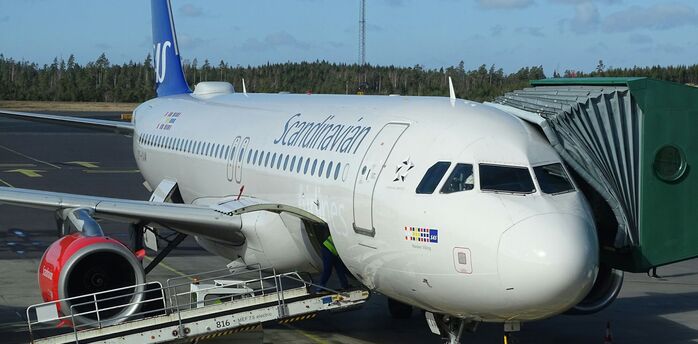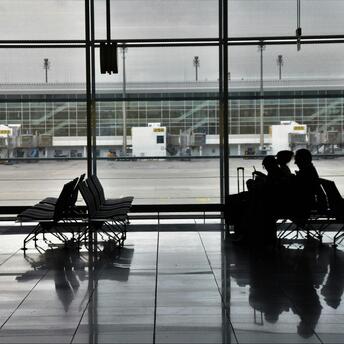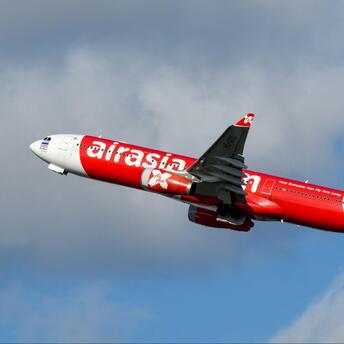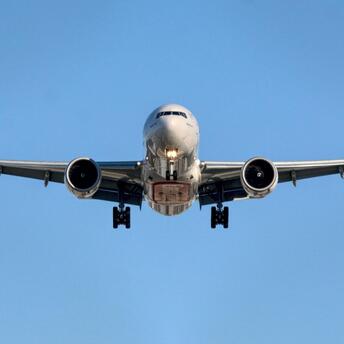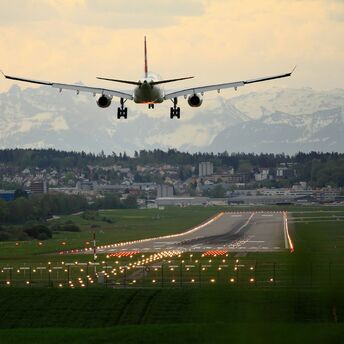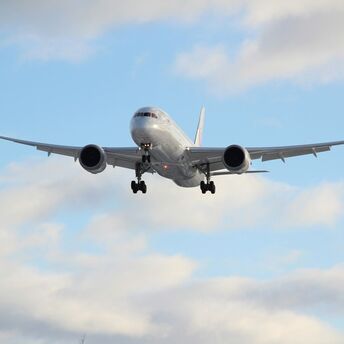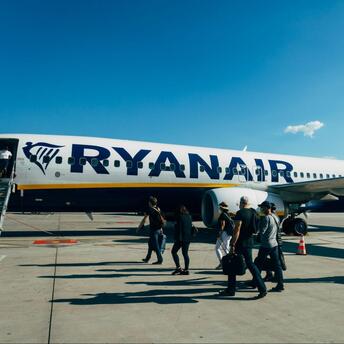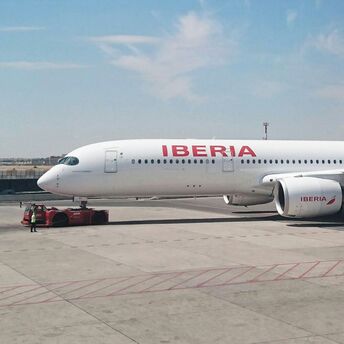airBaltic Announces Winter Routes and Launches Major Flight Discounts

The Latvian airline airBaltic has released its winter schedule for 2025–2026. It will have more than 90 direct routes running from late October 2025 to March 2026. The program includes flights to warmer coastal areas, winter resorts, and cities. The network links the three Baltic capitals (Riga, Tallinn, and Vilnius) with important cities in Europe and the Middle East. It keeps connections open for both leisure and business travelers during the colder months.
In addition to the updated schedule, airBaltic announced its Ticket Rush 2026 campaign, which runs until November 16, 2025. The promotion applies to flights between November 24, 2025, and September 30, 2026, and includes more than 80 destinations. The sale coincides with the airline’s seasonal planning and aims to fill seats early in advance of winter demand, offering broader access to the carrier’s international network.
The airline’s winter program adds several new routes to its schedule:
- Riga to Faro (Portugal)
- Tallinn to Madeira (Portugal)
- Gran Canaria to Ljubljana (Slovenia)
- Gran Canaria to Molde (Norway)
In addition, airBaltic plans to increase flight frequencies to Amsterdam, offering up to 19 weekly flights from Riga and 14 from Tallinn and Vilnius. Services to Dubai will also expand to six flights per week from Riga and three from Vilnius.
Some seasonal routes will continue longer than usual, including Riga to Pisa and Riga to Porto, which will operate through November. Flights to Catania are likely to start up again sooner than planned, with services starting in late February 2026. Connections to Egyptian destinations Sharm El Sheikh and Hurghada will increase to three flights per week each, while the Riga to Dublin route will return with two weekly connections during the winter timetable.

The bigger network shows that air travel in the Baltic states is still recovering and becoming more diverse. These changes help travelers more easily reach destinations in both southern and northern Europe during the winter months. They also strengthen connections through key international hubs. The changes made by the airline indicate that demand for business and leisure travel is growing steadily, despite seasonal challenges.


